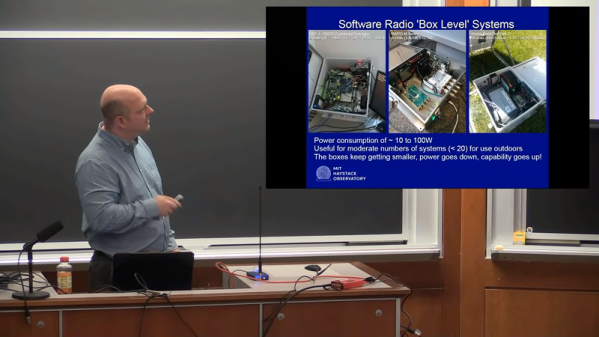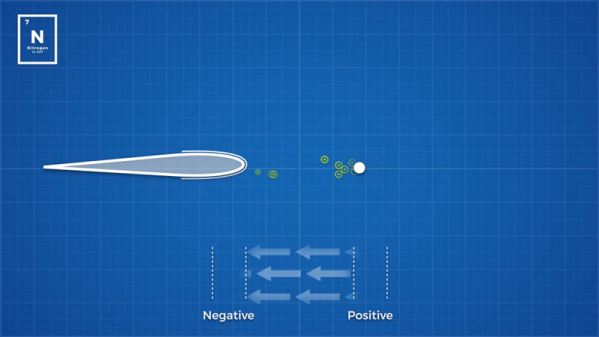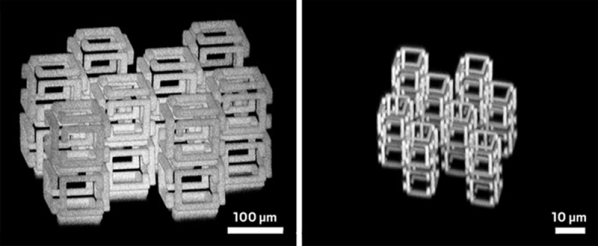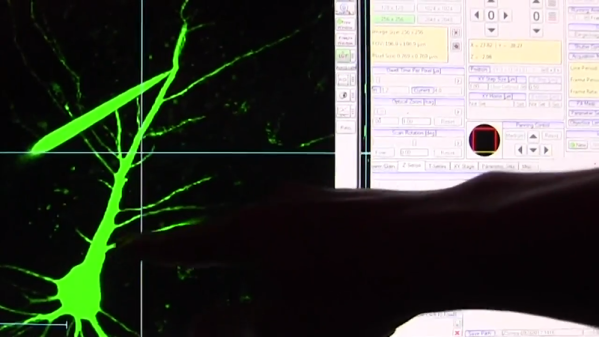MIT is well known for rigorous courses, but they also have a special four-week term at the start of each year called the IAP — Independent Activities Period. This year, the MIT Radio Society had several interesting presentations on both the history and application of radio. You weren’t there? No problem, as the nine lecture were all recorded for you to watch at your leisure. You can see one of the nine, below.
These aren’t some five minute quicky videos, either. They are basically live captures that run anywhere from an hour to almost two hours in length. The topics are a great mix including radio history, software-defined radio, propagation, radio astronomy, RADAR, and even 5G.
You might have to pick and choose. Some of the lectures are suitable for just about anyone. Some assume a bit more radio expertise in electronics or math. Still, they are all worth at least a cursory skim to see if you want to really sit and watch in detail. The only nitpick is that some presenters used a laser pointer that doesn’t show up on the inset slide graphics in the video. That makes sense because the inset slides are not really in the room, but it can make it a little difficult to understand what the speaker is pointing to on a crowded slide.
Of course, if you want to dive deep and you need more background, MIT — along with many other institutions — will let you use their learning material for free. We were especially fans of the circuits class but there are many others including just raw materials from OCW.


















